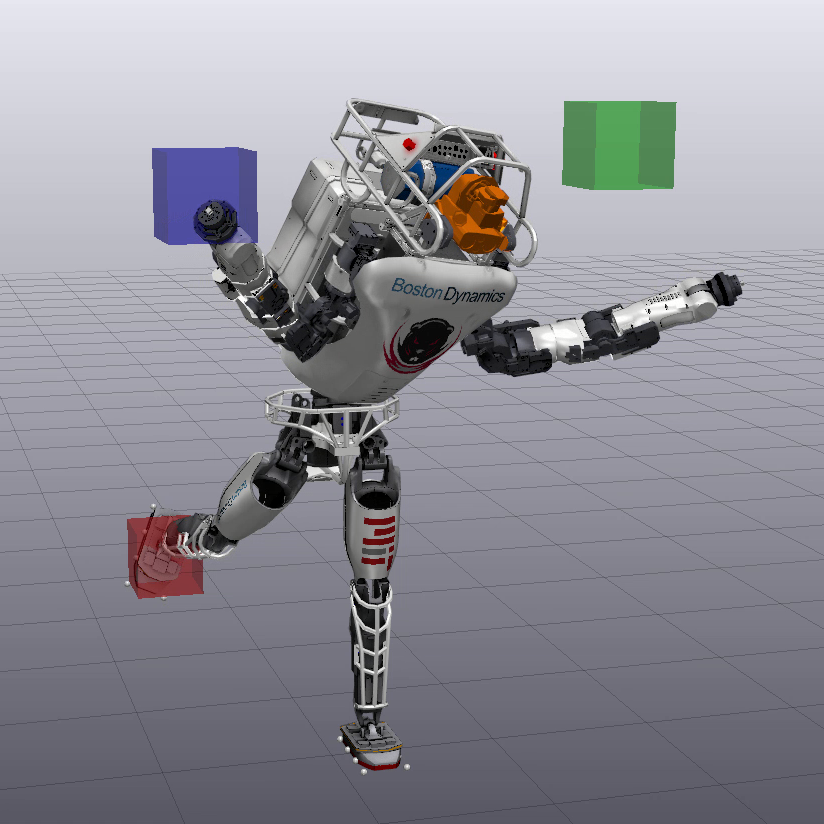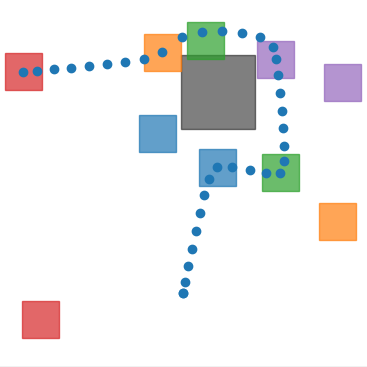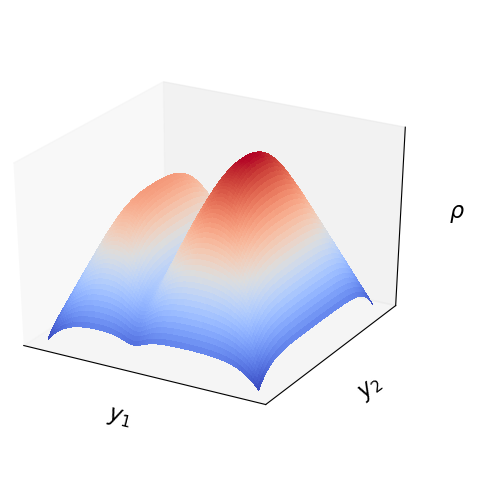Temporal Logic Planning
How can robots plan to accomplish complex tasks?
Roboticists and control theorists have a few favorite problems: Reach a goal while avoiding obstacles. Stabilize a fixed-point. Find a minimum-cost control action. But many of the tasks that we want robots to do in the real world don’t fit neatly into any of these formulations.
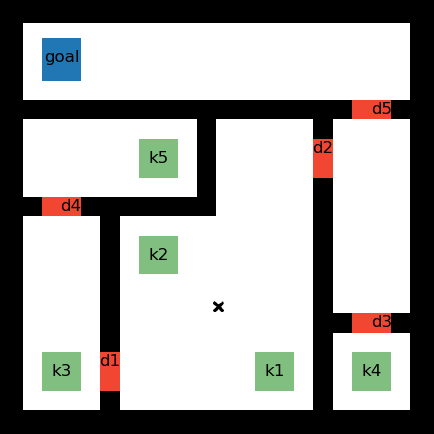
An example of a more complex task: starting from the "x", a robot must reach the goal (blue), but before passing through each door (red) it must first pick up a corresponding key (green).
Temporal logic is one way to specify a wide array of desired behaviors. Given a logical formula that defines the task, how can we generate a trajectory that satisfies the specification? Can we guarantee that our algorithm will find a solution if one exists?
Temporal logic planning is NP-hard, so there is a significant tradeoff between completeness and computational efficiency.
Related Publications
2023
2022
2021
-
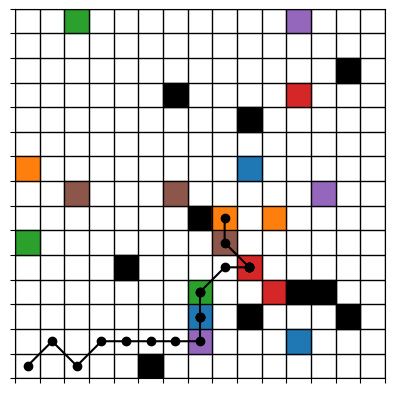 A More Scalable Mixed-Integer Encoding for Metric Temporal LogicIEEE Control Systems Letters (L-CSS), 2021
A More Scalable Mixed-Integer Encoding for Metric Temporal LogicIEEE Control Systems Letters (L-CSS), 2021
2020
-
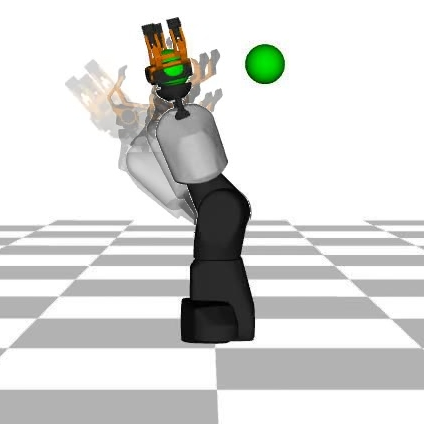 Trajectory Optimization for High-Dimensional Nonlinear Systems Under STL SpecificationsIEEE Control Systems Letters (L-CSS), 2020
Trajectory Optimization for High-Dimensional Nonlinear Systems Under STL SpecificationsIEEE Control Systems Letters (L-CSS), 2020
